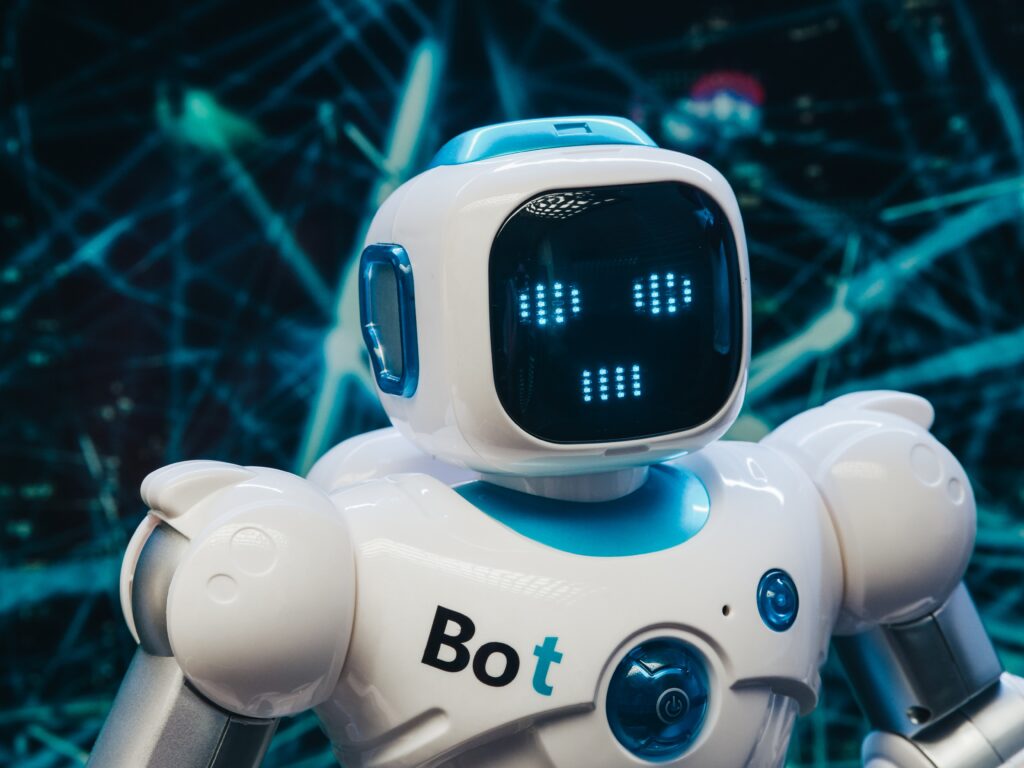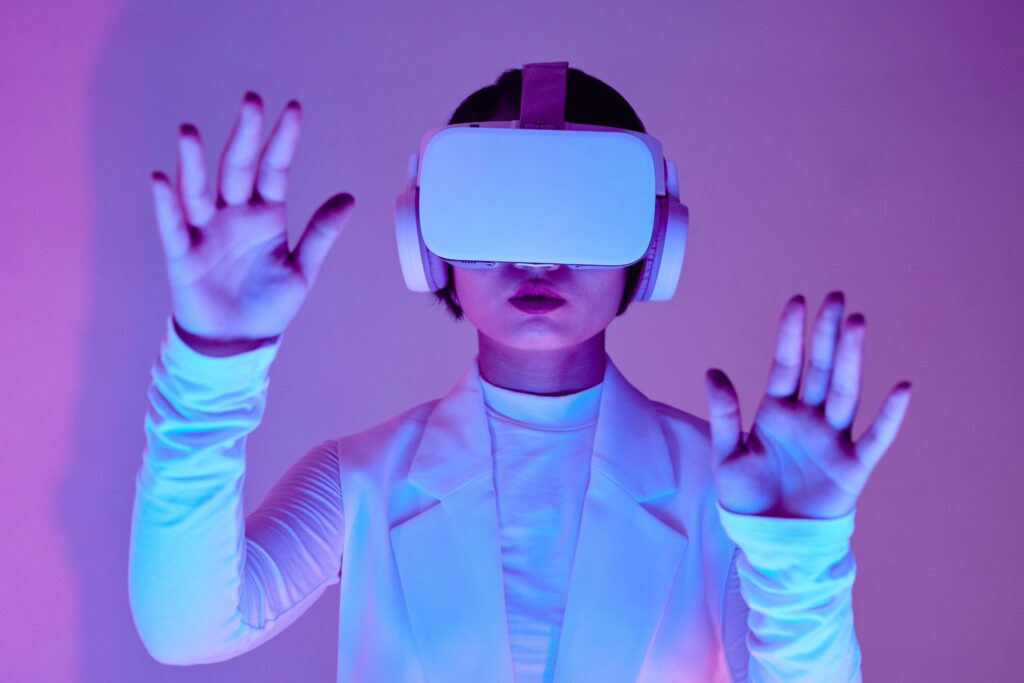Education has come a long way from the traditional blackboard and chalk to modern-day digital classrooms. But what if we tell you that there’s still room for improvement? Artificial Intelligence (AI) is here to revolutionize the way we learn, making education more personalized, efficient, and effective than ever before. From smart tutors to adaptive learning platforms, this disruptive technology has already started changing the face of education as we know it. So fasten your seat belts because in this blog post, we’ll explore how AI is transforming education and why it’s high time for us to embrace it!
Introduction: What is AI and how is it revolutionizing education?
The term “artificial intelligence” (AI) is used to describe a wide range of computer-based methods that have been designed to perform tasks that ordinarily require human intelligence, such as understanding natural language and recognizing objects. AI technology is increasingly being developed and applied in a number of different fields, including education.

There are a number of ways in which AI is being used to revolutionize education. One area where AI is having a significant impact is in the field of educational data mining. This involves using AI techniques to analyze large data sets in order to identify patterns and trends that can be used to improve student learning outcomes. For example, educational data mining can be used to identify students who are at risk of dropping out of school, or to develop more targeted and personalized learning materials.
Another area where AI is starting to have an impact is in the development of intelligent tutoring systems. These systems use AI techniques to provide individualized instruction and feedback to students based on their unique needs and abilities. Intelligent tutoring systems have been shown to be effective in helping students learn a variety of subjects, including math, reading, and writing.
In addition, AI is also being used to create new types of digital content for education. For example, there are now a number of “chatbot” applications that allow students to have conversations with virtual characters in order to learn about specific topics. Chatbots can be used to teach history, literature, or even math concepts

Benefits of AI in Education
AI is slowly but surely changing the landscape of education. Supporters of AI in education claim that the technology can help personalize learning, make classrooms more efficient, and even teach children social and emotional skills.
Personalized Learning:
One benefit of AI in education is that it has the potential to personalize learning for each student. This means that students could receive different instruction based on their individual needs and abilities. For example, if a student is struggling with a certain concept, an AI system could provide extra support or practice problems. On the other hand, if a student is excelling in a particular subject, they could be given more challenging material to keep them engaged.
Classroom Efficiency:
Another potential benefit of AI in education is increased classroom efficiency. For example, chatbots or digital assistants could be used to answer simple questions from students or take attendance. This would free up time for teachers to focus on more important tasks, such as lesson planning or one-on-one instruction with students. Additionally, AI systems could be used to grade assignments or provide feedback on essays, which would also save time for teachers.

Social and Emotional Skills:
In addition to academic benefits, some proponents of AI in education claim that the technology can also help teach children social and emotional skills. For example, there are now digital assistants that are designed to serve as social coaches for children on the autism spectrum. These assistants can help children with things like starting conversations and maintaining eye contact
Examples of AI in Education
There are already many examples of artificial intelligence (AI) being used in education. AI is being used to create personalized learning experiences, to help identify students who may be at risk of falling behind, and to provide real-time feedback to teachers.
One example of AI in education is the use of chatbots. Chatbots are computer programs that can mimic human conversation. They are being used to help students learn by providing them with information and answering questions. For example, a chatbot could be used to help a student learn about a historical figure or a difficult concept in math.
Another example of AI in education is the use of machine learning algorithms to create individualized learning plans for each student. These algorithms analyze data about a student’s performance, interests, and goals to create a personalized learning plan that is tailored to the student’s needs. This type of AI-powered technology is already being used by some online education providers, such as Khan Academy and Duolingo.
AI is also being used to provide real-time feedback to teachers. There are now software programs that can grade essays and give feedback on areas where the student needs improvement. This type of AI-powered technology has the potential to revolutionize education by making it possible for teachers to get instant feedback on their students’ progress and identify areas where they need more support.
Challenges and Pitfalls of AI in Education
There is no doubt that AI is revolutionizing education. It has the potential to drastically improve educational outcomes by providing personalized learning experiences and increasing access to educational opportunities. However, there are also challenges and pitfalls associated with AI in education.
One of the biggest challenges is ensuring that AI systems are fair and equitable. There is a risk that AI could exacerbate existing inequalities in education if not designed properly. For example, if an AI system is used to identify students who are at risk of dropping out, it could inadvertently end up flagging more Black and Latino students than white students, as these groups are more likely to face socio-economic disadvantages. Another challenge is making sure that AI applications are accessible to all students, regardless of their economic background or location. There is a danger that AI will only be available to wealthy schools and districts, exacerbating the digital divide.

It is important to ensure that AI is used to supplement and enhance human teaching, rather than replace it entirely. While AI can provide customized learning experiences for individual students, it cannot replace the role of teachers in fostering social and emotional learning, providing guidance and support, and motivating students.
How to Prepare for the Future of AI in Schools
In order to prepare for the future of AI in schools, educators need to understand what AI is and how it can be used in the classroom. They also need to be aware of the ethical considerations surrounding AI and its potential impact on society. Additionally, it is important for educators to keep up with the latest research and developments in AI so that they can incorporate these into their teaching practices.
Conclusion
Education is a rapidly changing landscape that has been revolutionized by the introduction of AI. With its ability to automate mundane tasks and create personalized learning experiences for students, AI can help us learn faster, better, and more efficiently than ever before. As AI continues to develop, we can expect even bigger changes in education as it continues to reshape the way we learn.

The application of AI in education is a welcome development. I can see AI helping educators in solving some learning challenges such as ADHD, Dysgraphia,Auditory Processing Disorder and other learning challenges.
What a nice write-up. I am delighted with the section that talked about personalized learning. This implies that educators can personalized learning for students that are below average so that they can learn at their pace
This is a fantastic write up that can promote teaching and learning in the classroom. I really enjoyed it.
The write up is inspiring and educative. Many thanks
AI is gradually making a lot of impact in education. As a result of this development, educators need to equip themselves with AI tools that can be used for teaching and learning.
The use AI in education will definitely promote and develop learning in the classroom. I believe this article has shed light on the positive uses of Artificial Intelligence(AI).
Thanks for sharing this with us.
Very helpful write-up
Change is the only thing that is constant. Teachers are expected to embrace the new wave of digital revolution in education and equip themselves with adequate digital skills in order not to lag behind